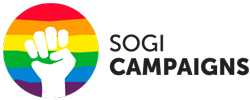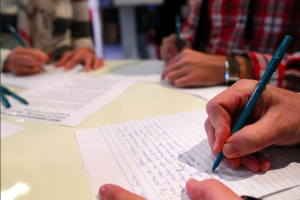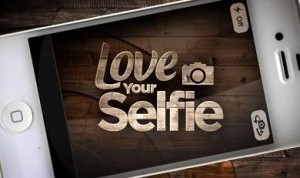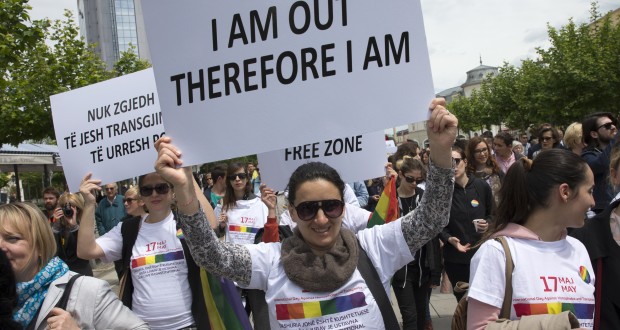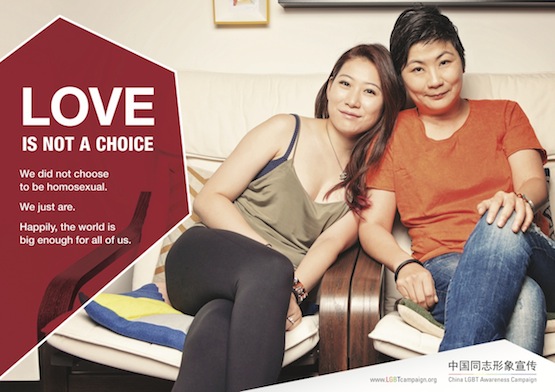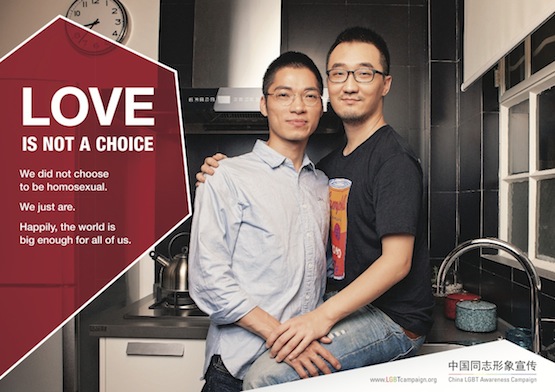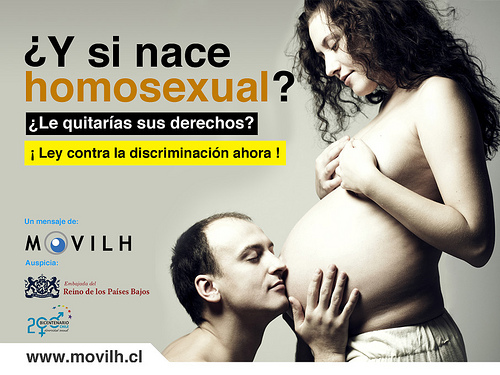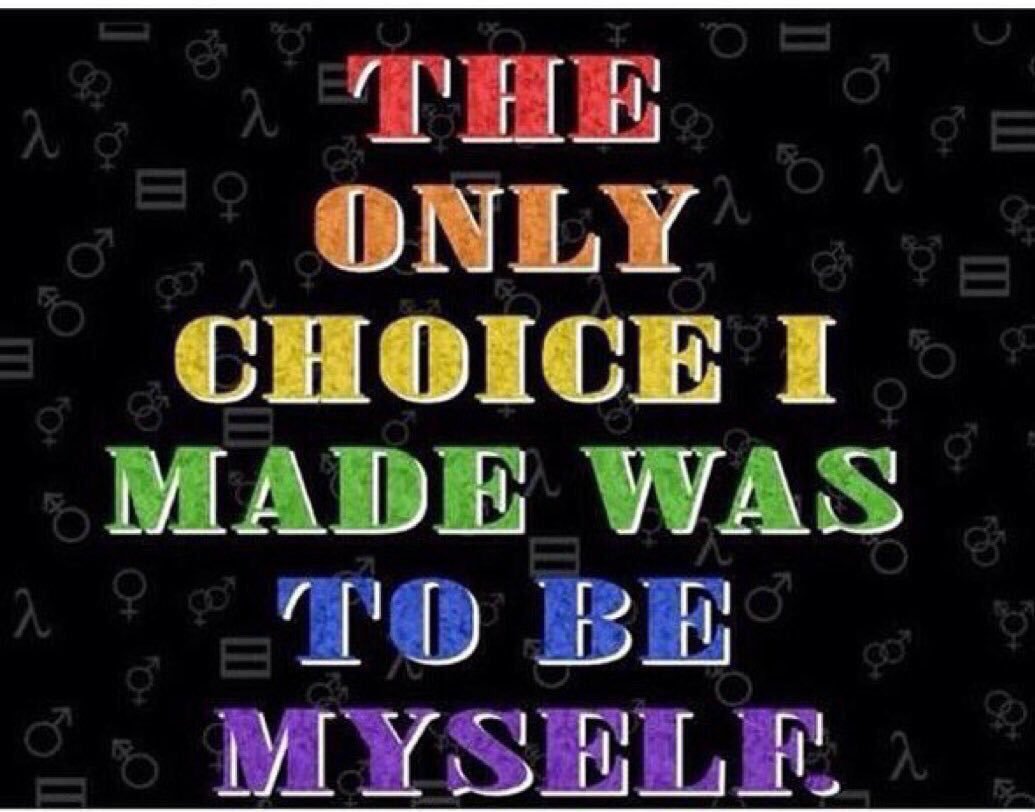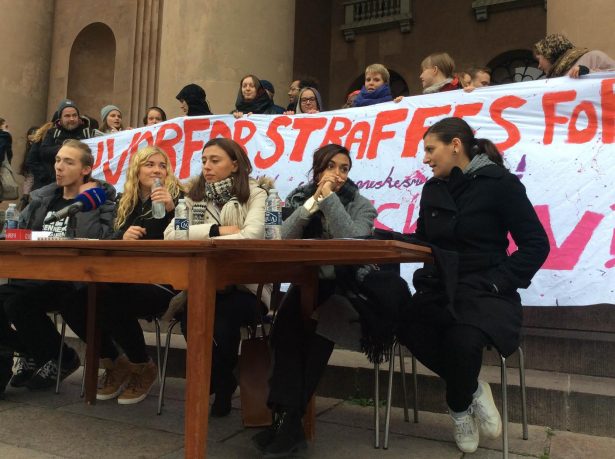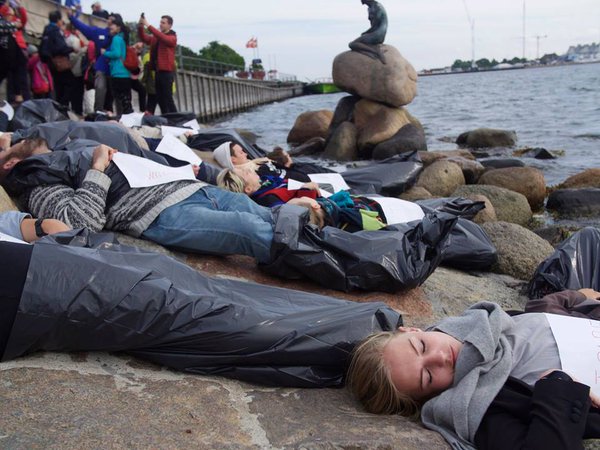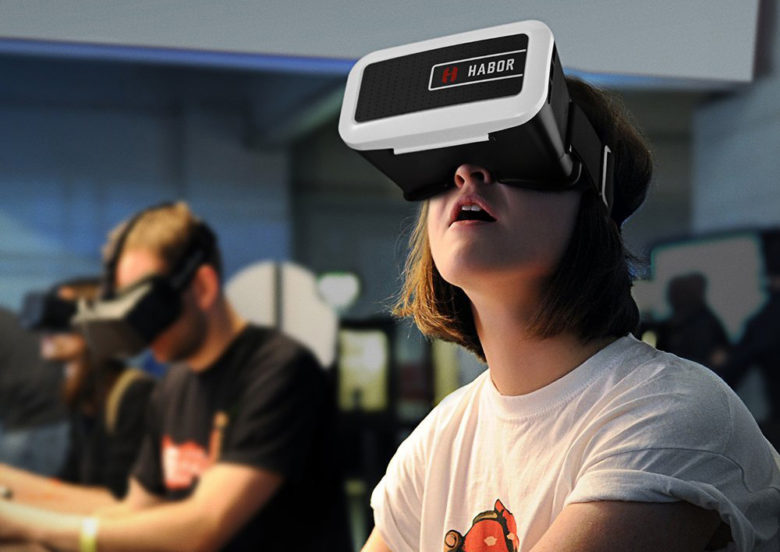Some core notions of persuasion science
With references from Nick Cooney’s essential book “Change of Heart”
1 Putting in context
A core concept of behavioural psychology is that we don’t know what we want until we see it in context. Everything, including our judgements on how much something is worth, is relative and can be shaped by perceptual contrast. This principle is almost universally used in commercial promotions, as prices are set between one lower and one upper reference to guide consumers choices. You can do this in various ways. For example:
- Highlighting the ‘dispersal’ of the norm within the reference group (e.g. ‘most Wolof men are against wife beating under any circumstances)
- Highlighting the direction of change within the reference group (e.g. ‘more and more Pashtun men are challenging violence against women – are you?’)
2 Anchoring
Anchoring works in similar ways. Anchoring is the principle by which we set a reference to guide people’s choices : for example in an experimental option testing, people who were asked to write high digits on their bidding cards ended up bidding three times more than participants who were asked to write low digits on their auction cards. what this principle means is that we can influence peoples’ behaviours by providing a reference for their action, a kind of pre-paved way or blueprint.
3 Priming
While anchoring deals with dollar amounts, the phenomenon of priming puts the same principle to work in a broader context. Priming involves giving cues meant to influence peoples perceptions and behaviours. Priming can be done with words, images, and questions, amongst other things. In a study, Asian-American women were divided into two groups. One group was asked race related questions, while the other was asked gender related questions. Both groups then took a maths test. Those who had been asked the race related questions did better on the test, living living out the stereotype that Asians are good at maths, than those asked gender related questions who lived out the stereotype that women are not good at maths. Researchers were able to influence participants’ performance just by asking questions that primed them in a certain way.
4 The foot in the door technique
works by altering self-perception. As was mentioned with the cognitive dissonance, people often look at their own behaviour to decide what their beliefs are. In getting someone to agree to your small initial requests, you’ve helped shape their self perception to include the belief that “I am the sort of person who “. They are then much more likely to comply with other request. Asking a person to wear a small pin about breast cancer awareness does little on and off itself, but the person who agreed to wear it is now more likely to believe “I am the sort of person who cares about breast cancer” That belief makes it easier for breast cancer groups to later sollicit that person to volunteer time or donate money to combat breast cancer.
The foot in the door effect is hotly debated in the world of advocacy. With some activist arguing that encouraging small changes is bad because it makes the public complacent and dissuades them from more meaningful changes. Others argue that not only do small changes produce immediate good, but they make it more likely that people are willing to engage in larger changes. So, which side is correct? First the foot in the door only works if the second request is actually been made. We shouldn’t assume that people then go to take further steps on their own.
Second, there is a threshold over which this effect doesn’t work anymore.
5 Conformity effect
In an experiment researchers changed the environment-focused towel reuse signs in a hotel room to a message that simply noted that the majority of guests reuse towels. After switching from an environmental message to social norm message, the reuse increased by 26%. When the sign noted that most guests of that particular room reuse towels, reuse increased by 33%
The conformity effect also means we should be careful when exposing negative behavior, as this may lead to reinforce its perceived acceptability.
6 Reciprocity effect
A study examined what happened when a hotel posted signs in each room saying donations had been made to an environmental group on behalf of its guests to thank them for reusing towels. The signs asked to reciprocate by reusing towels and the hotel succeeded in increasing re-use by 45%. When instead the signs offered to donate to an environmental group if guests reuse their towels, it didn’t bring any increase in reuse. By donating first, the hotel invoked the rule of reciprocity.
We will be more influential if we let people know we like them, so they will reciprocate by liking us. We can also make them aware that we changed our minds on sthg, so they will reciprocate by changing theirs.
7 Door in the face
The door into face method means we start by making a very big request that is likely to be turned down. We then follow up asking for something similar but much smaller. Because the person feels bad for rejecting our initial request (slamming the door in our face), and because we where willing to reduce our request, the person feels compelled to reciprocateby agreeing to our second request . Door in the face also works because of framing :compared to a very large request, a subsequent small one sound more agreeable.
For the door in the face request to work, the two requests have to be made by the same entity
8 The law of association
By pairing ourselves with pleasurable stimuli we can become more persuasive.
This is known as the good mood effect or the law of association. Peoples enjoyment of something else gets paired with us and our message, and they come to associate us with a positive feeling. This law obviously also works in reverse.
9 Don’t deny it.
When trying to correct a misunderstanding that the public holds on an issue, it is a bad idea to deny something.. Denials and clarifications that are meant to clear up rumours can actually bolster them because they require repeating the false information. This makes the false information more accessible in people’s minds, and as we discussed earlier, the more accessible a thought is, the more likely people are to believe it to be true. Instead of denying a false statement, we should simply assert the truth.
SOGI focus; How can we share problematic statistics without producing more problematic behaviors, or reproducing problematic norms? Describing a favorable direction in which a norm is moving is another option: students are starting to drink fewer drinks per week
10 Come without warning
Telling people in advance how you want them to change is unstrategic: no one likes to know they are being changed. So communications that clearly state what change you seek are probably going to raise defensiveness.
11 Argue against yourself
This provides credibility to your process and allow to voice opponents reluctance, so this is part of the journey modelling. Provide concessions (eg war in Afghanistan has brought some good effects, but….)
12 Create Minority message
presenting a minority message can get people to re-examine their beliefs without needing to adopt the one you are promoting. One of the reasons some people will make this alternate change is the desire to do something easier than what is being promoted. adopting a similar but distinct change is also easier because people have not raised their defences on those other issues
